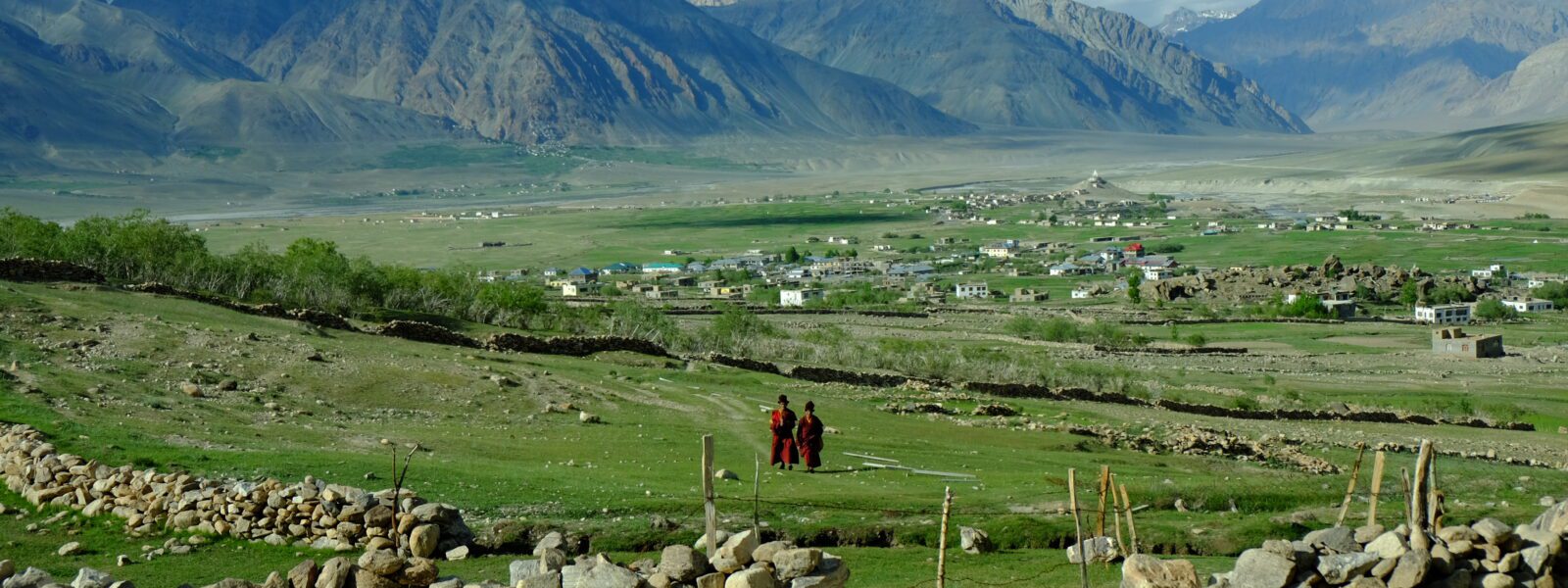Walking as a Way of Seeing: Discovering Ladakh Beyond Altitude
By Elena Marlowe
1. Introduction: The Art of Walking Where the Sky Begins
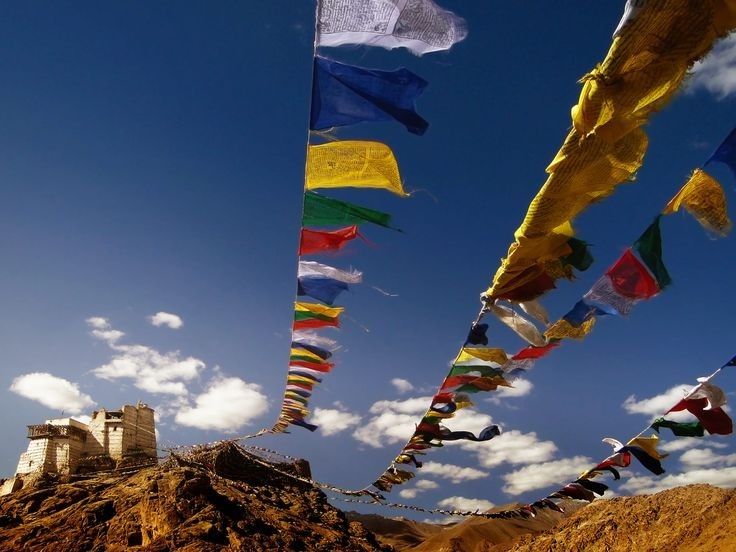
The Rhythm of Steps and Silence
To walk in Ladakh is to surrender to a rhythm older than roads. In this high-altitude realm, where clouds skim the ridgelines and prayer flags whisper in the wind, every step feels like a dialogue between the earth and the sky. The act of walking becomes a ceremony of awareness—each breath deliberate, each sound distinct in the rarefied air. There are few places left where silence feels alive, where one can hear the sound of one’s own thoughts settling like dust after a long journey. Walking in Ladakh offers a unique perspective, immersing you in the landscape and culture.
Unlike trekking that seeks summits, walking here is about discovering altitude as metaphor. The body slows to meet the thin air, and the mind, stripped of noise, begins to notice the world anew: the glint of sunlight on a river stone, the quiet dignity of a herder’s gait, the soft hum of a distant monastery bell. This is a land that rewards those who walk without hurry. The thin air does not ask for strength—it asks for surrender. To walk in Ladakh is to practice stillness in motion, embracing the beauty of walking in Ladakh.
“Walking teaches us the meaning of distance—not as measure, but as experience. In Ladakh, distance becomes devotion.”
2. The Cultural Pulse Beneath Each Step
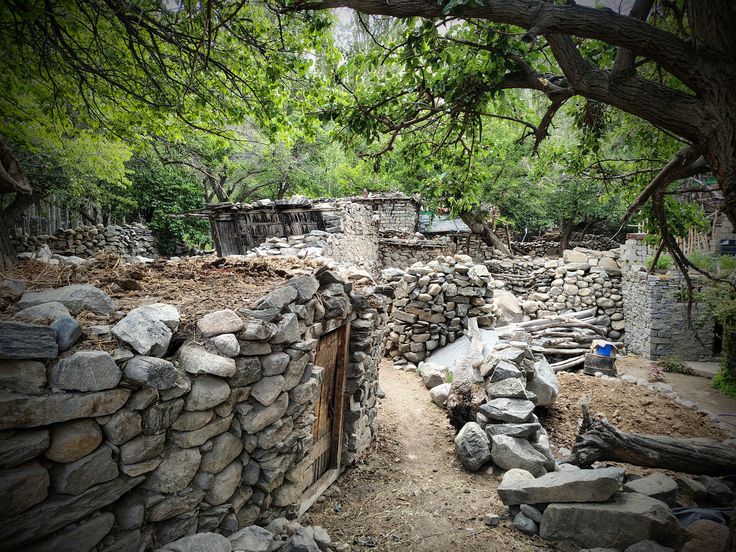
Walking Through Living Heritage
The trails of Ladakh are not mere lines across a map; they are arteries of culture. For centuries, traders, monks, and farmers have walked these same routes, connecting valleys and monasteries, sharing stories and salt across the mountains. To follow their paths today is to walk through a living museum—one without walls or curators, yet overflowing with wisdom and rhythm. Every step unveils the quiet continuity between past and present.
In the village of Alchi, the air carries a scent of barley and incense. Women in woolen aprons spin prayer wheels while tending to their gardens, their gestures blending faith and daily life seamlessly. A short walk away, ancient murals glow softly inside the monastery, their pigments still vivid after a thousand years. The colors seem to breathe in the half-light—a reminder that devotion, like art, is sustained by patience. Cultural walking in Ladakh reveals not ruins, but relationships—between people, places, and the pulse of altitude itself.
Homestays and the Language of Hospitality
True understanding of Ladakh begins not in the marketplace but at the hearth. Homestays, scattered through mountain villages, offer a form of travel that transcends tourism. Guests sit cross-legged beside the family stove, sipping butter tea as snow gathers on the windowsill. Conversation flows in gestures more than words—smiles, shared bread, a bowl of thukpa passed with quiet grace. In these moments, one realizes that hospitality here is not performance but principle. Every guest is folded into the rhythm of the household, where time is measured not by clocks but by warmth.
Such walking experiences—between homes, between lives—become lessons in coexistence. They reflect the essence of slow travel and responsible tourism in Ladakh: movement guided by respect rather than haste. In walking from one village to the next, one carries not just a backpack but the stories of those who offered shelter along the way. Each night’s stay becomes a chapter in a book written by kindness.
3. Where Clouds Meet Culture: Walking as Dialogue
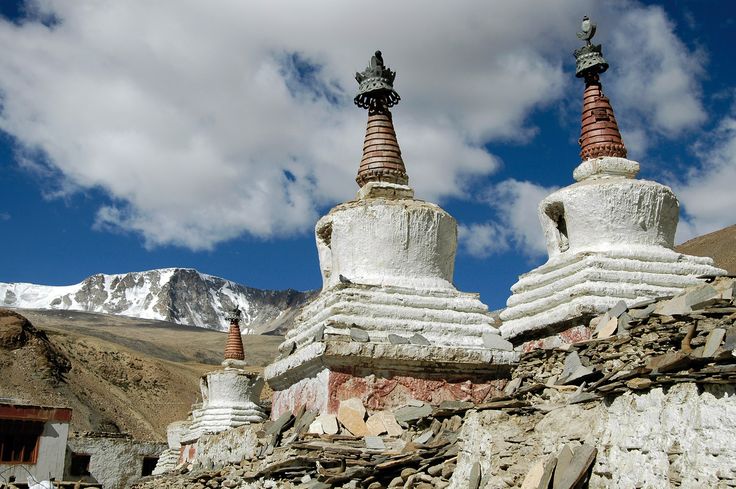
The Monastery Trails
Monasteries in Ladakh are not distant fortresses but living sanctuaries stitched into the fabric of daily life. To reach them, one must walk—up dusty switchbacks, across rivers bridged by prayer flags, through passes where the sky opens like scripture. Each path is lined with mani stones engraved with prayers, their surfaces worn smooth by centuries of hands. Walking these monastery trails is to trace the physical expression of faith itself.
The traveler hears the chant of monks before the buildings appear, a sound carried by wind rather than intention. Inside, butter lamps flicker against walls painted with deities and demons, all of them coexisting in eternal balance. The journey between monasteries becomes an act of contemplation: a reminder that walking is as much about inward progress as outward motion. One learns that culture in Ladakh is not a monument but a heartbeat—sustained by movement, humility, and memory.
Festivals, Footsteps, and the Rhythm of Belonging
When festivals unfold in Ladakh, the entire landscape seems to participate. From Hemis to Phyang, the sound of drums echoes through valleys as masked dancers swirl in circles of color. Walking from one celebration to another is like following a current of collective joy. Each festival, rooted in Buddhist ritual and mountain resilience, renews the sense of belonging that defines these highlands. For travelers, joining such walks becomes a bridge into a world where celebration and contemplation coexist.
In the crowd, elders sit cross-legged beside tourists, both craning to see the masked deity who embodies compassion. Children run barefoot through the dust, their laughter rising above the chant of horns. To witness such moments on foot is to see culture not as performance but as pulse—a living, breathing rhythm that links valleys and hearts alike. Walking in Ladakh’s festival season is walking through the shared dream of a people who still measure time by devotion.
4. Mindful Journeys: The Philosophy of Slow Altitude
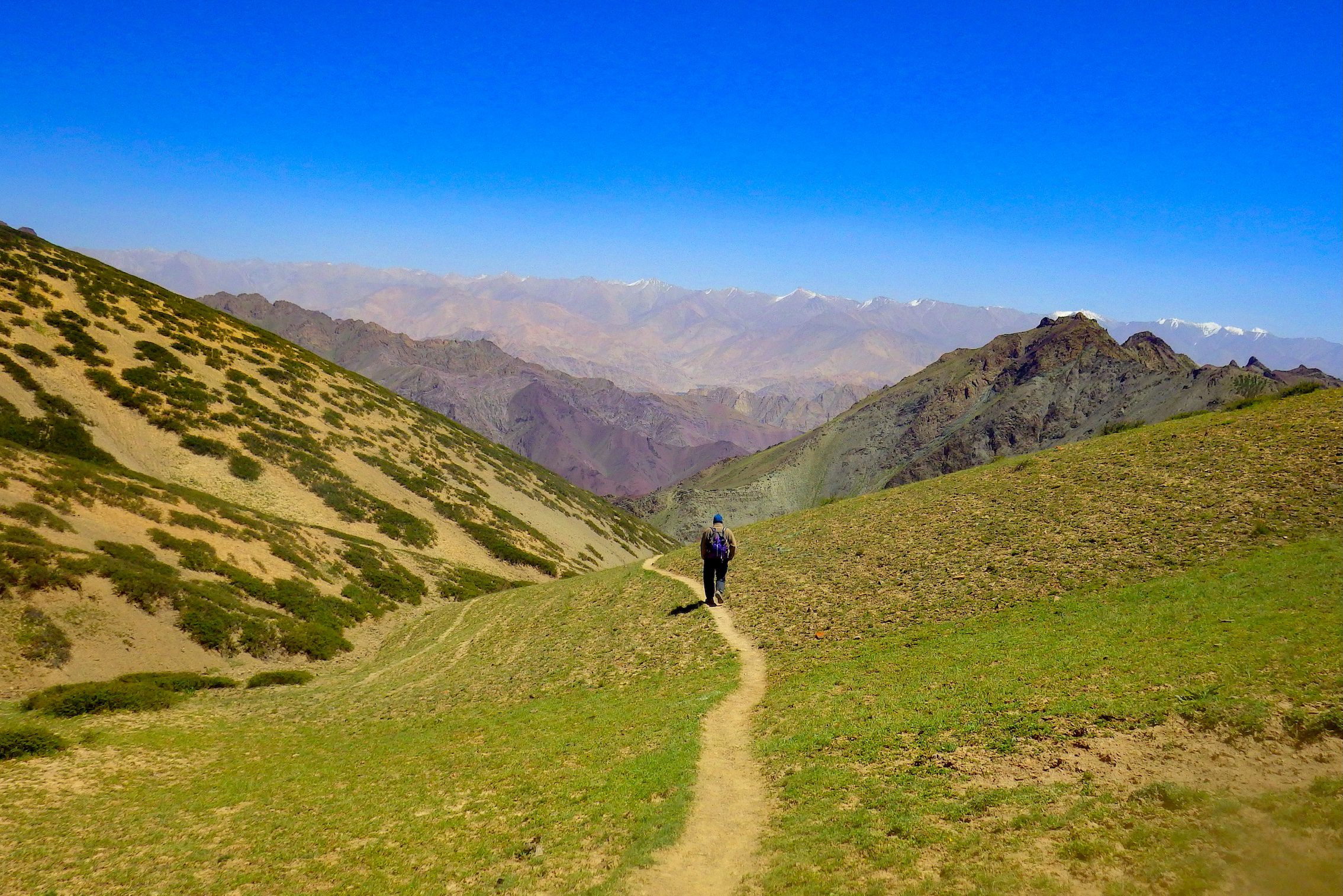
Walking as Meditation
At high altitude, every step feels like a negotiation—with gravity, with air, with one’s own impatience. Yet within that struggle lies revelation. The thinness of oxygen teaches economy: fewer words, slower movement, deeper attention. The pace of walking in Ladakh becomes its own philosophy. In the stillness of the Himalayas, where even the wind seems to breathe with care, the traveler learns the discipline of enough.
Somewhere between two passes, silence takes on texture—the hiss of wind, the crunch of gravel, the flutter of a prayer flag become a kind of language. To walk here is to listen to the world without expectation. The traveler sheds speed and acquires presence. Mindful walking, once a concept, becomes a necessity. It is in this rhythm that one begins to understand why Ladakh is less a destination and more a teacher. Walking reveals not how far we can go, but how deeply we can arrive.
Silence as a Form of Connection
Silence in Ladakh is not absence—it is the medium through which everything speaks. The traveler who learns to walk within it begins to perceive the subtleties of this place: the shimmer of light on a yak’s horn, the sound of snow melting into river, the faint laughter from a distant village. In such quiet, the separation between traveler and terrain dissolves. One becomes part of the landscape, as temporary and luminous as the clouds overhead.
At dusk, the sky bruises into violet and the horizon burns with prayer flags. Silence descends again—not heavy, but generous. To walk through such evening is to understand connection without conversation. Here, solitude is not loneliness but communion. Every breath becomes an offering to the vastness that cradles it.
5. The Invisible Map: Beyond Routes and Destinations
The Cartography of Emotion
Maps tell us where to go, but walking teaches us why. In Ladakh, the most meaningful routes are not marked by contour lines or GPS coordinates but by memory, scent, and sound. A shepherd’s shortcut, a footbridge built by villagers over a glacial stream, a line of poplar trees guiding the way to a monastery—all of these form part of an invisible map drawn by footsteps and intention. Walking here reshapes the traveler’s understanding of geography; it turns terrain into story and direction into dialogue.
Sometimes the path disappears beneath sand or snow, and one must trust intuition more than signposts. Such moments reveal the essence of this journey: that discovery often begins when certainty ends. The invisible map of Ladakh is a web of relationships—between traveler and guide, between the mountain and its shadow, between silence and the heartbeat that echoes through it. Every journey becomes personal cartography, charted not in miles but in awareness.
Stories Written in Dust
Every step in Ladakh writes a story that the wind may soon erase. Yet even erased stories leave traces—the worn grooves of an ancient path, the smooth stones of an old cairn, the faded mani wall standing like a spine along the valley floor. These are not relics of the past but signatures of presence. To walk among them is to feel time as sediment, to sense how human effort and nature’s rhythm have always coexisted.
Travelers who walk through these landscapes become temporary participants in that endless dialogue. Their footprints mingle with those of pilgrims, herders, and children walking to school. Each trail, no matter how remote, holds within it the layered memory of those who came before. In this way, walking becomes an act of remembrance as much as exploration—a quiet acknowledgement that we, too, are transient yet connected to something vast.
6. Conclusion: Walking Home Through the Sky
The Return That Isn’t an Ending
There comes a moment on every Ladakh journey when the traveler stops counting steps. The body acclimatizes, the breath finds rhythm, and walking becomes as natural as thought. In that state, return no longer means leaving—it means carrying a fragment of altitude within. The dust of the trail lingers on the shoes, but something deeper lingers in the mind: a new understanding of time, humility, and presence. Walking has reshaped the traveler from within.
As twilight settles, the Indus River glows like a vein of light through the valley. Villages flicker awake with butter lamps, and the distant hum of a prayer wheel drifts across the air. Standing still, one realizes that movement was never the goal—it was the medium. The art of walking in Ladakh lies not in arriving but in awakening. Each step was both a lesson and a benediction, each silence a form of speech. In walking here, one learns the quiet art of belonging to the world.
FAQ: Walking in Ladakh
What makes walking in Ladakh different from trekking elsewhere?
Walking in Ladakh is not about physical endurance but cultural immersion. Unlike commercial treks that focus on summits, walking here invites you to slow down, to connect with monasteries, mountain villages, and silence itself. The experience is meditative, intimate, and deeply human.
Is it possible to walk safely at high altitude without being an experienced trekker?
Yes, if approached with care and gradual adaptation. The key is to pace yourself, stay hydrated, and rest frequently. Walking in Ladakh rewards slowness; acclimatization is part of the journey’s rhythm. Hiring local guides who understand the terrain and its customs enhances both safety and cultural understanding.
When is the best season for walking in Ladakh?
The most comfortable walking months are from late May to early October, when mountain passes open and village trails are accessible. Each season offers its own palette—spring brings wildflowers, while autumn paints the valleys gold. Early mornings and late afternoons are ideal for quieter, reflective walks.
How can travelers support local communities through walking tours?
Choosing homestays, local guides, and community-based tour operators ensures that your journey benefits the people who preserve Ladakh’s heritage. Slow, respectful walking also minimizes environmental impact while fostering genuine cultural exchange—values at the heart of responsible tourism.
What should travelers expect emotionally from a walking journey in Ladakh?
Many describe it as transformative. The combination of silence, altitude, and human warmth dissolves the usual boundaries of travel. Expect to feel small in the vastness, yet profoundly connected—to nature, to others, and to the still voice within yourself.
Closing Note
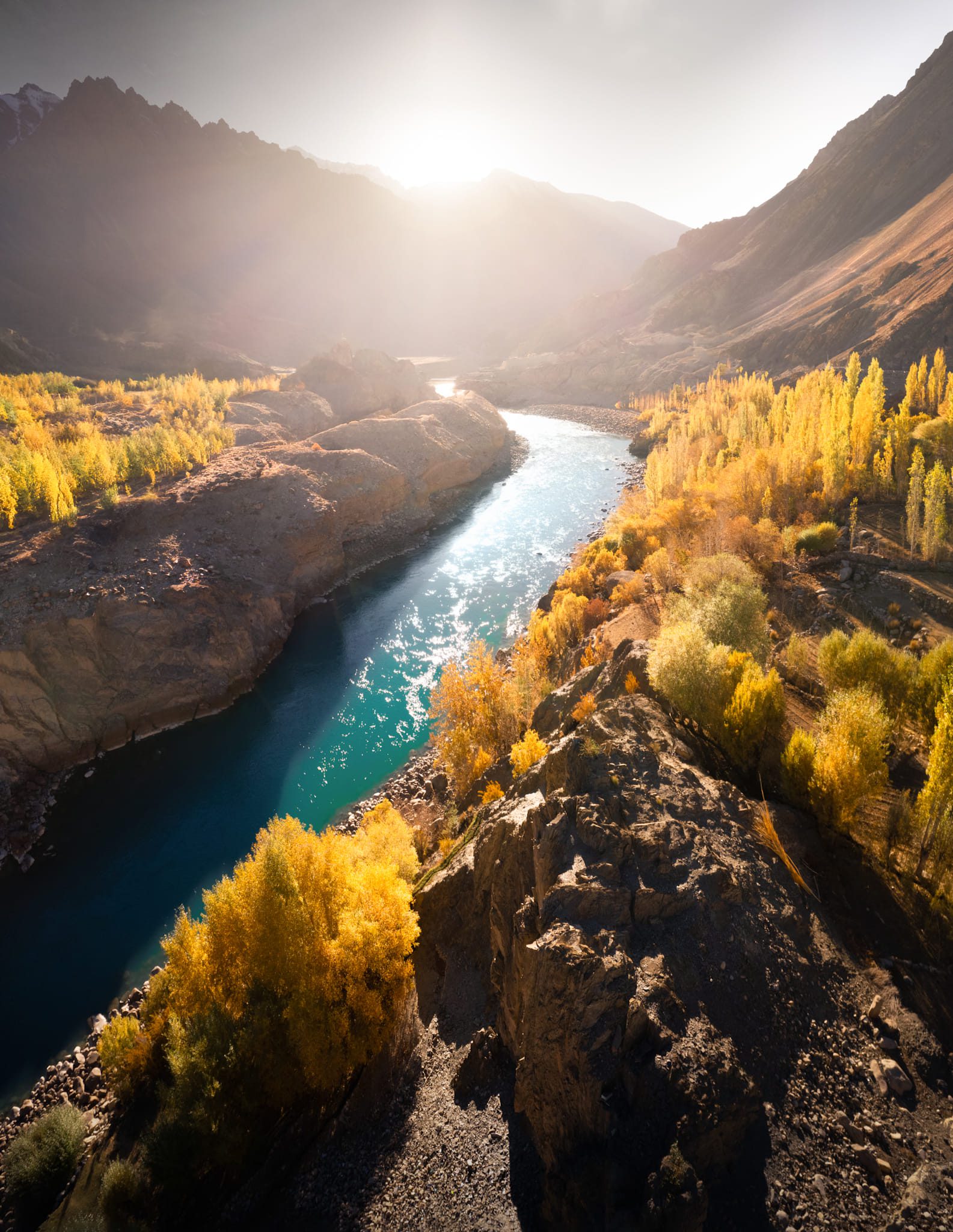
To walk in Ladakh is to join an ancient conversation between earth and sky. Long after the journey ends, its cadence continues—the steady beat of footsteps through memory, the hush of wind through prayer flags, the sense that one’s path is part of something larger and beautifully unfinished. For those who seek more than destinations, walking here becomes the purest form of arrival.

